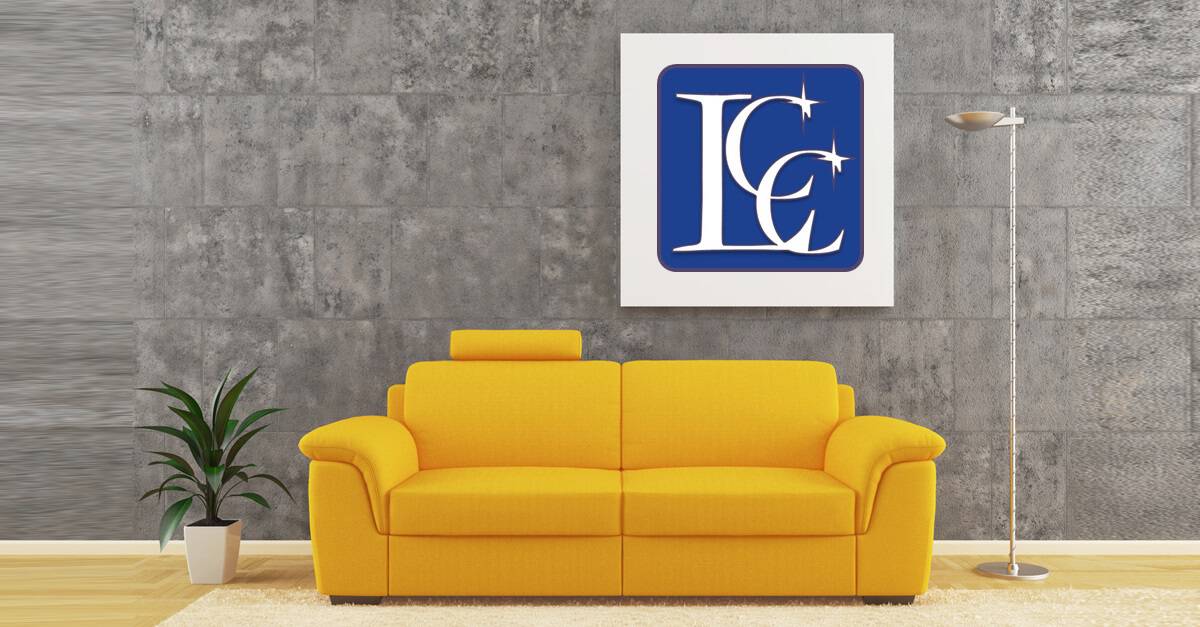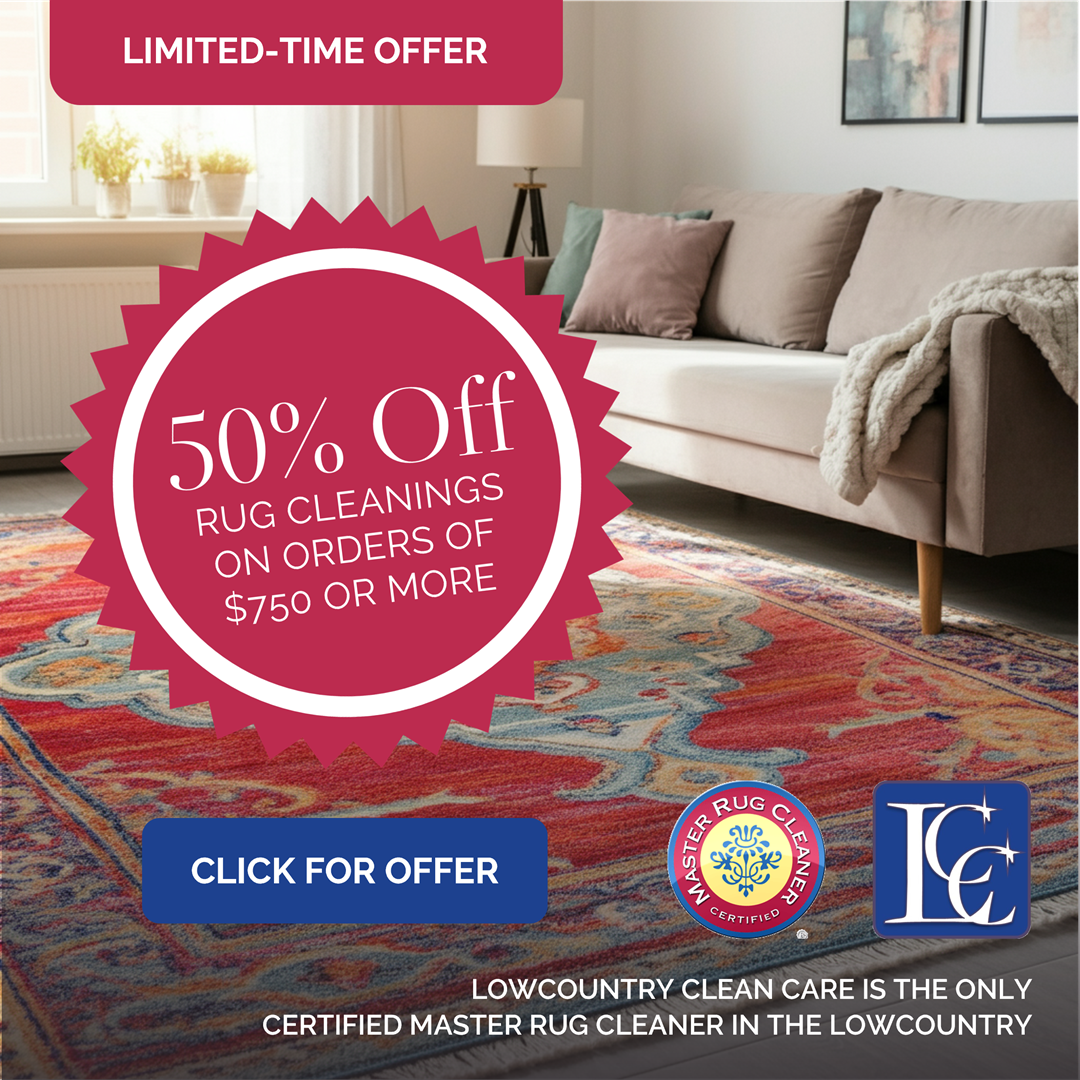Because you’ve finally purchased that just-perfect new upholstered furniture, doesn’t it make sense to protect your investment with a stain repellent?
Sound familiar? It does if you’ve purchased fabric furniture lately, because many retailers are selling stain repellent as an add-on service. It is a good idea, but only if you remember a few facts.
Two Types
First, there are two primary types of stain repellents: silicone-based and fluorochemical-based. The silicone products provide repellent for water-based stains only. If your favorite spots consist of oily substances or particle soils, then silicone repellents won’t help much.
However, if you’d like your stain repellent to resist particle soils, such as crayons and silly putty, while also repelling both water-based stains (Kool-Aid, coffee, and pet urine) and oil-based stains (pizza, suntan oil, and oily dog hair), then fluorochemical repellents are for you. Look for names such as 3M Scotchgard or DuPont Teflon.
How Do You Tell
Without trade names, how does the average shopper tell the difference? Simple, just ask the salesperson for a blotter card, which repellent manufacturers provide to demonstrate the effectiveness of their products. Take it home and apply a little cooking oil. If it soaks through within seconds, then the product is less-effective silicone. If it forms a bead on the surface, then you’ve found the more effective fluorochemical.
One last important point: Never allow anyone to apply a silicone repellent to a fluorochemical-treated fabric. It will not only fail to repel oily stains, but also attract dry soil.


